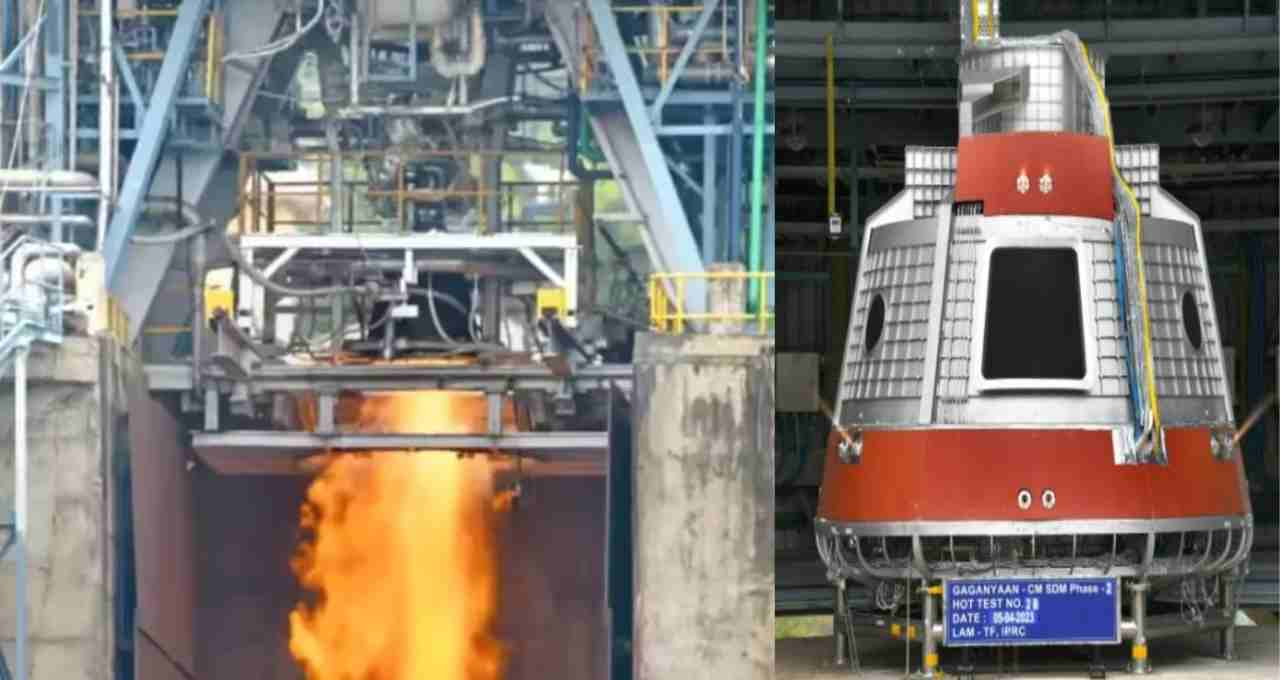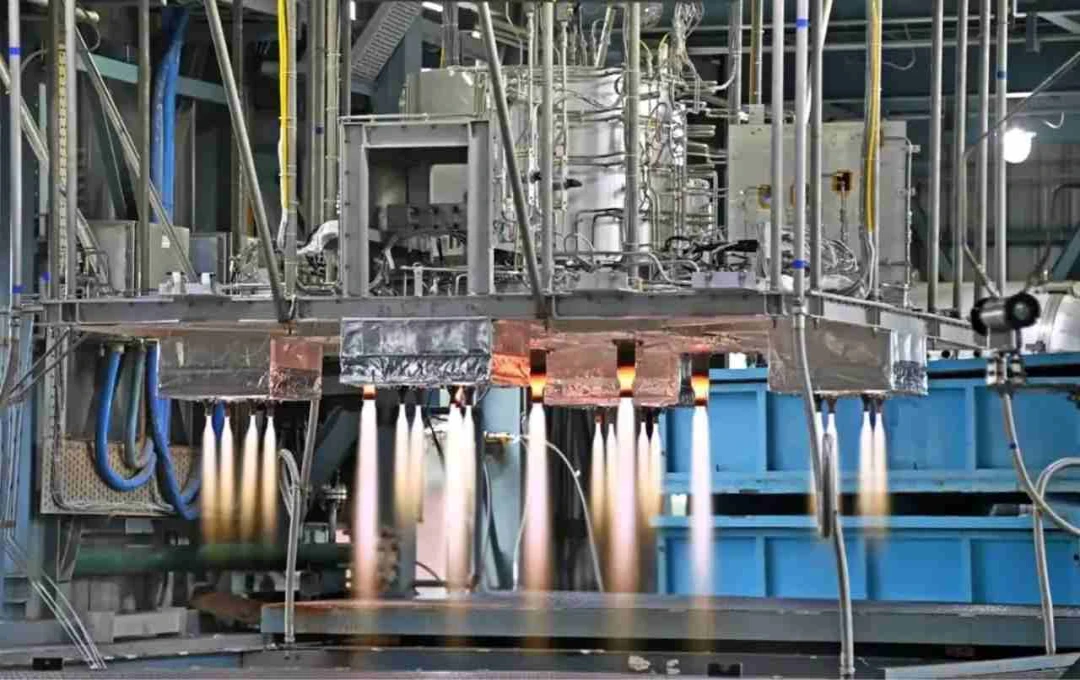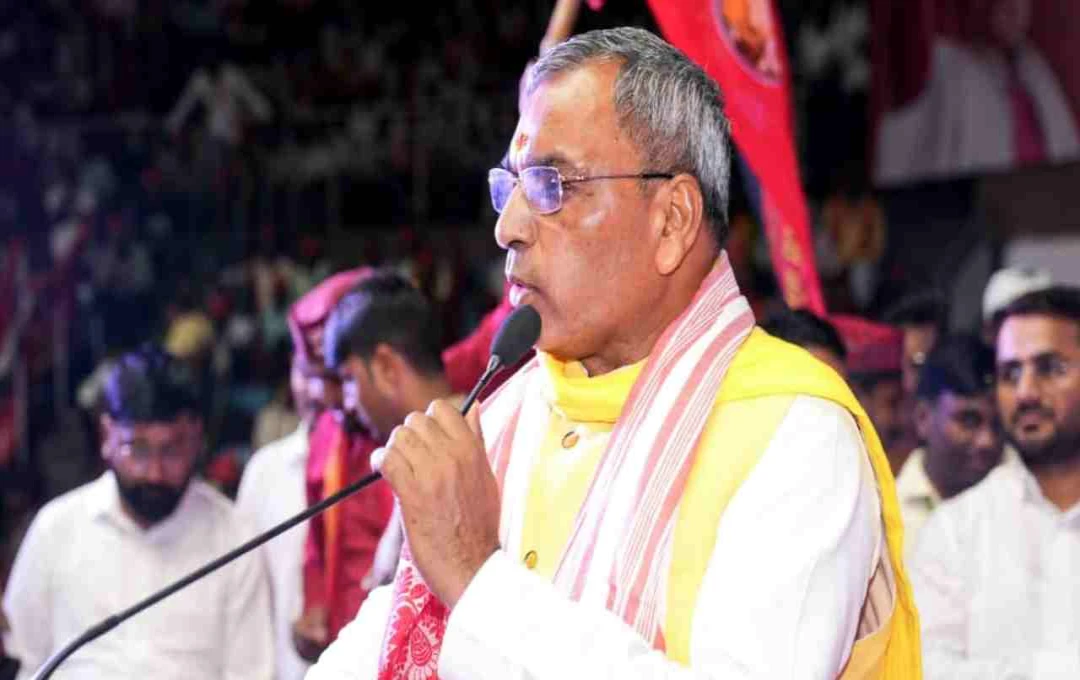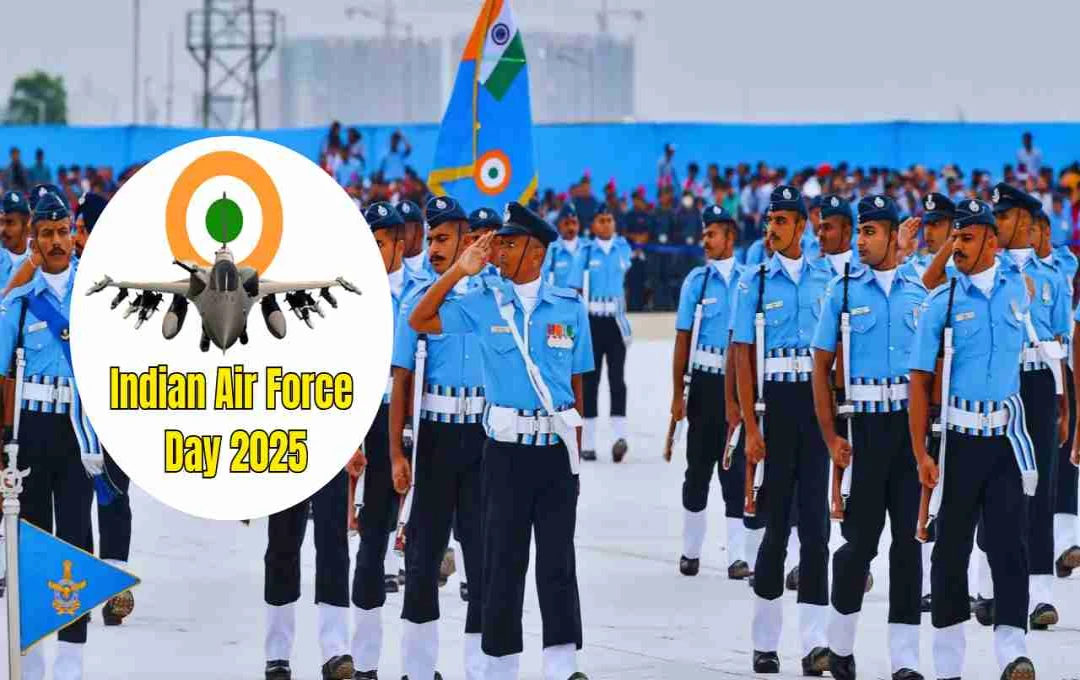The Indian Space Research Organisation (ISRO) has achieved another significant milestone in the direction of Mission Gaganyaan. ISRO has successfully completed a short-duration hot test of the Gaganyaan Service Module Propulsion System (SMPS).
Mahendragiri: ISRO has crossed another historic milestone in the preparations for the Gaganyaan mission, India's first human spaceflight mission. On July 3, 2025, the hot test of the Gaganyaan Service Module Propulsion System (SMPS) was successfully conducted at the ISRO Propulsion Complex (IPRC) in Mahendragiri, Tamil Nadu. This test not only certified ISRO's technical capabilities, but also increased confidence in the mission's reliability and safety.
The Test Conducted in Two Stages
ISRO completed this hot test in two stages. In the first stage, the propulsion system was activated for 30 seconds and in the second stage for 100 seconds. The aim of these tests was to assess the performance of the SMPS in a real-time situation. In the 100-second long test, 5 Liquid Apogee Motors (LAM) and 16 Reaction Control System (RCS) thrusters were activated, in which both systems performed brilliantly in stable and pulsed modes. This test was a precise simulation of the actual conditions of the orbital control and emergency rescue operations of Gaganyaan.

What engines are in the SMPS and why are they important?
The service module of Gaganyaan is the part of the spacecraft that plays a crucial role in taking the manned capsule in the right direction in space, keeping it stable in orbit, and in the process of returning at the end of the mission. It contains:
- 5 Liquid Apogee Motors (LAM) – each with a thrust capacity of 440N.
- 16 RCS thrusters – each with a thrust capacity of 100N.
With the help of these two systems, the spacecraft gets the ability to provide direction, transfer to orbit, and maintain control in an emergency.
Improvements made before the test and their importance
Keeping in mind the experiences from the previous hot test, this time the test conditions were made more realistic. By improving the SMPS test article, conditions closer to flight were simulated. This ensures that the system works in the actual mission in the same way as it did during the laboratory test.
A statement issued by ISRO stated that after this successful test, the next step is a full-duration hot test, in which the propulsion system will be tested covering the entire mission duration. For this, space scientists will reproduce the real flight conditions of the SMPS, which will allow the final approval before the launch of the Gaganyaan mission.














